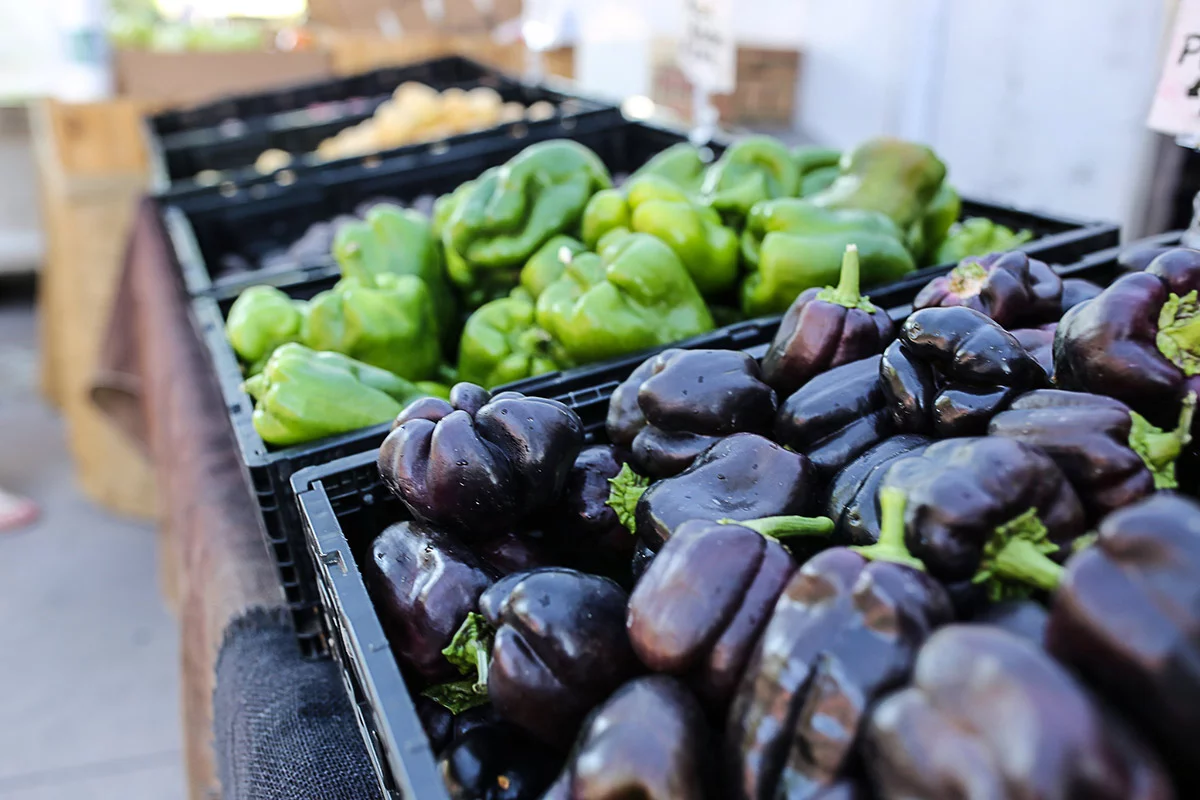
Each August 1 is Colorado Day, the anniversary marking the day, in 1876, when President Ulysses S. Grant declared our state the 38th of the union.
Around that same time, farming and ranching had begun to eclipse mining as more profitable enterprises for those living here. Growing food began to make both more sense and money than digging for silver and gold.
Markedly Colorado foodstuffs such as the sugar beet, the Palisade peach and Rocky Ford cantaloupe, all trace their lineage hereabouts to this period of the late 1800s.

Nowadays, Colorado agriculture is huge: $40 billion a year grown, raised, and produced over 36,000 farms and ranches and 32 million acres of land. We eat but one of the officially designated state critters — the greenback cutthroat trout — although moves have been afoot since 2014 to entitle the Palisade peach as the official state fruit.
(The debate has been both rancorous and difficult, a not entirely unique cocktail for a purple state. On the one hand, folk from Rocky Ford dearly love and promote their melon as a foremost Colorado fruit, deserving of honorifics over and above the Palisade peach. On the other, Colorado is the only state in the country where it is a crime to malign or disparage a fruit or a vegetable.)
Other foods come to mind when thinking Colorado: bison meat, Olathe sweet corn (always use the entire three-worded name, please), Pueblo green chiles, and, of course, those “swingin’ steaks” called Rocky Mountain oysters.

Some of the reasons all these foods of Colorado taste so very good are themselves distinctly Coloradan. We’re dry; we’re high in altitude. Our growing conditions are marginal, with large day-to-night temperature fluctuations and relatively poor but mineral-rich soils.
Abundant uninterrupted sunlight—the “high” part—and minerally soils help develop both color and flavor intensity in fruits such as peaches and cantaloupes. Diurnal temperature swings slowly ripen and augment fruit sugars but also at the same time retain fruity acidity (meaning that that peach is both sweet and tangy, a combination superior than being either alone).
And even lack of water can be a benefit. The father of the Rocky Ford melon industry, George Washington Swink, found that watermelons and cantaloupes grown in the dry climes of southeastern Colorado were more concentrated in flavor and fruit sugars, and less prone to melon burst from excess rainfall.
I was reading a recipe the other day for a “farmer’s sandwich,” the kind of noonday meal farmers might pack for themselves to eat for lunch out in the field, or that anyone might assemble from fresh farm produce this time of year. The thought occurred: “During August, in honor of Colorado’s statehood, let’s make it from stuff just from Colorado.”
A recent survey by the Colorado Department of Agriculture found that 85 percent of Coloradans buy, or try to buy, Colorado products when shopping or dining out. It’s easier this time of year, than in the colder months, to locate foods grown in Colorado.
Here’s a stab at an all-Colorado farmer’s sandwich, with shout-outs to some proud farmers, cheese makers, winemakers and bakers that call Colorado home.
An All-Colorado Farmers’ Sandwich

Ingredients
1 large loaf well-crusted bread, locally made, in the form of ciabatta or baguette
Whole grain mustard
Sweet onion jam (recipe follows)
Slices of firm or semi-firm Colorado cheese (Haystack’s Buttercup or Fruition Farm’s Cacio Pecora)
Thin slices of tart apple (A Braeburn from FirstFruits Organic Farms or Bolton’s Orchards)
Soft-leafed, sweet lettuce (Petrocco green or red leaf)
Directions
Assemble the sandwich in layers: Slices of bread, mustard, sweet onion jam, slices of cheese and apple, and lettuce. If saving for later, wrap the sandwiches in waxed paper or plastic wrap and keep in a cool, dry place.
Sweet onion jam
Ingredients
1 tablespoon unsalted butter
2 medium Colorado sweet onions cut into 3/4-inch dice (about 2 1/2 cups)
1/2 cup sugar
1/3 cup dry red wine (such as 2016 Colterris Malbec, Grand Valley CO)
1/3 cup grenadine
Salt
Directions
Melt the butter in a medium skillet. Add the onions and cook over moderate heat, stirring, until soft and just translucent, about 8 minutes. Add the sugar, wine, vinegar, grenadine and a pinch of salt. Cook over low heat, stirring, until the liquid thickens and coats the back of a spoon, about 35 minutes. Transfer the onion jam to a bowl and let cool.
This recipe, that easily can use Colorado foodstuffs this time of year, comes from Gabrielle Langholz’s “America: The Cookbook” (Phaidon 2017). It contains more than 800 (mostly home cooking) recipes from all 50 U.S. states.

Palisade peach and basil salad
Serves 4
Ingredients
6 Palisade Colorado peaches
1 cup cherry tomatoes, halved
1 tablespoon fresh lemon juice
1 tablespoon honey
1/4 cup very thinly sliced red onion
1/4 teaspoon salt
8 large basil leaves
2/4 cup crumbled sheep’s milk feta or plain goat cheese
Directions
Slice the peaches and toss with the tomatoes, lemon juice, honey, red onion and salt. Tear the basil leaves into small pieces and add to the salad. Top with crumbled cheese.
Bill St. John has written and taught about restaurants, food, cooking and wine for more than 40 years, locally for Rocky Mountain News, The Denver Post and KCNC-TV Channel 4, nationally for Chicago Tribune Newspapers and Wine & Spirits magazine. The Denver native lives in his hometown.
